Consistent adult support through positive interactions provides a good basis for an emotionally supportive learning environment for children. 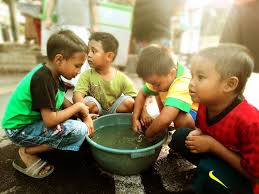 In this environment children’s physical, social and emotional needs are met. Adults create a warm caring environment for the children in their care and participate in parallel play with children, acknowledging children’s accomplishments and recognising their skills. Adults encourage children to interact with each other and to help one another to resolve difficulties and challenges by referring one child to another. A carefully planned learning environment will provide opportunities for adults to encourage children to explore and use materials at their own developmental level and pace.
In this environment children’s physical, social and emotional needs are met. Adults create a warm caring environment for the children in their care and participate in parallel play with children, acknowledging children’s accomplishments and recognising their skills. Adults encourage children to interact with each other and to help one another to resolve difficulties and challenges by referring one child to another. A carefully planned learning environment will provide opportunities for adults to encourage children to explore and use materials at their own developmental level and pace.
Interactions are linked to the following Standards and Components of Síolta, the National Quality Framework for Early Childhood Education NCCA 2006:
Standard 5; Interactions; Components; 5.1,-5.6
Aistear the National Curriculum Framework NCCA 2009 ; Guidelines for Good Practice provides a guideline focusing in different aspects of pedagogy which describes how the adult can support children's learning and development across four themes, one of these themes is Interactions
Below are some links to sites and articles which provide further information in relation to Interactions .
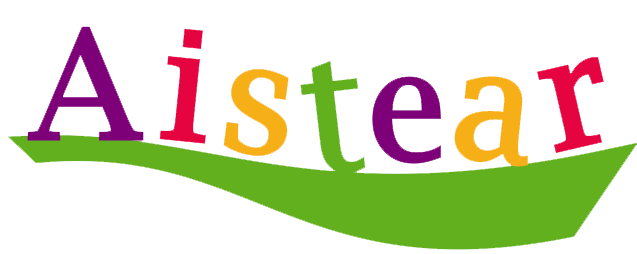 Aistear Guide to Learning and Developing Through Interactions
Aistear Guide to Learning and Developing Through Interactions
Aistear is the Early Childhood Curriculum Framework for all children from birth to six years. The word Aistear is the Irish word for journey and was chosen because early childhood marks the beginning of children’s lifelong learning journeys.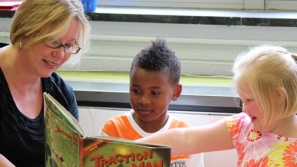
The framework can be used as a guide in planning learning experiences in sessional, full and part-time day-care settings, infant classes in primary schools and childminding services. It can also be used by parents in children’s own homes. A range of resources are provided including Guidelines for Good Practice
These guidelines identify a range of interaction strategies and methods which the adult can use to enhance children’s learning and development. The resources below will help you to support children's learning and development though positive interactions.
http://www.ncca.biz/aistear/pdfs/guidelines_eng/interactions_eng.pdf
Building Positive Teacher-Child Relationships;
This, easy to read article by the Center on the Social and Emotional Foundations for Early Learning, provides a variety of evidence-based practices, strategies, and intervention procedures. This may be used to support Early Years Providers in building positive horizontal interaction strategies. The article includes many examples and guidance information which illustrate how practical strategies can be used in a variety of Early Childhood settings as well as home environments. The article is available at;
http://csefel.vanderbilt.edu/briefs/wwb12.pdf
Helping Children Play and Learn Together. 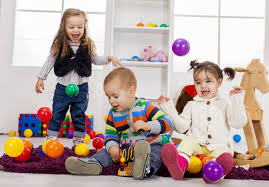
This article by Michaelene M. Ostrosky and Hedda Meadan for Young Children 2010; provides a comprehensive response on how to provide opportunities to support children in positive social interactions.
The article describes the numerous things Early Years Educators can do to promote and support positive social interactions and prevent challenging behaviour. These include the development of a positive relationship with each child, structuring the physical and social learning environments to support positive interactions, and help develop individual children specific social skills. This article is available at;
https://www.naeyc.org/files/yc/file/201001/OstroskyWeb0110.pdf
 Using Environmental Strategies to Promote Positive Social Interactions
Using Environmental Strategies to Promote Positive Social Interactions 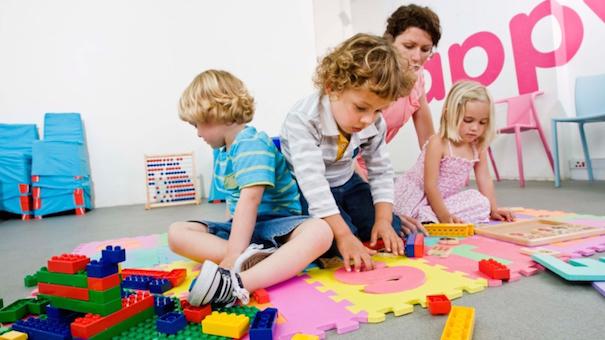
This article 6 on What Works Briefs for the Center on the Social and Emotional Foundations for Early Learning looks at how early educators can use environmental strategies to promote positive social interactions. Environmental strategies are variations and changes which can be made to a classroom’s physical environment, programme, activities, and materials to encourage positive social interactions between children in the classroom. The environmental strategies cited in this article include changes to Group Composition, Classroom Activities, and Classroom Materials. This article is available at;
http://csefel.vanderbilt.edu/briefs/wwb6.pdf